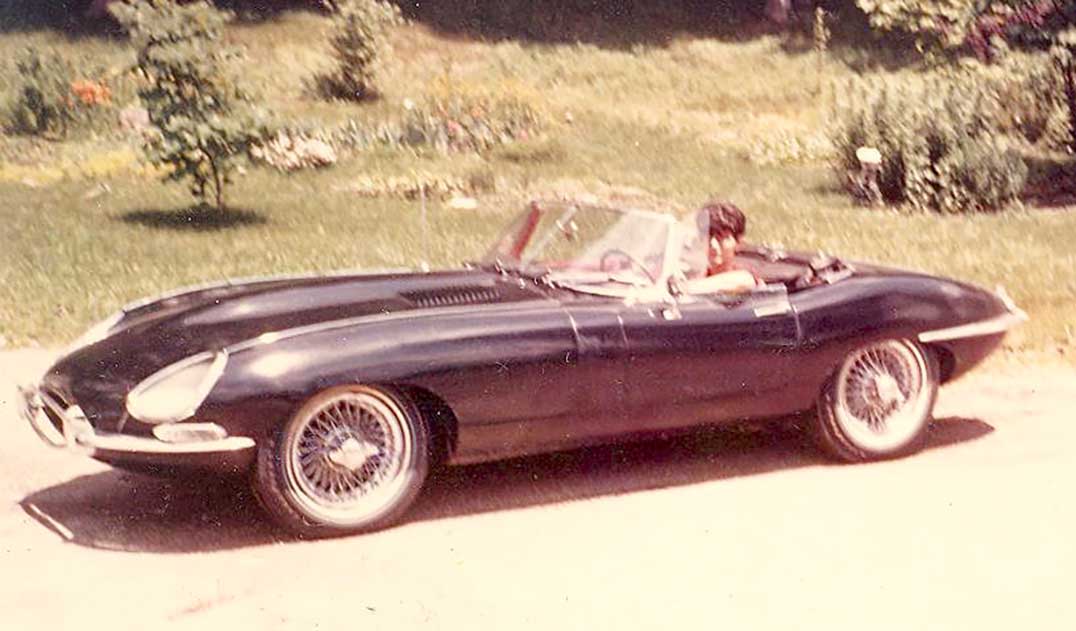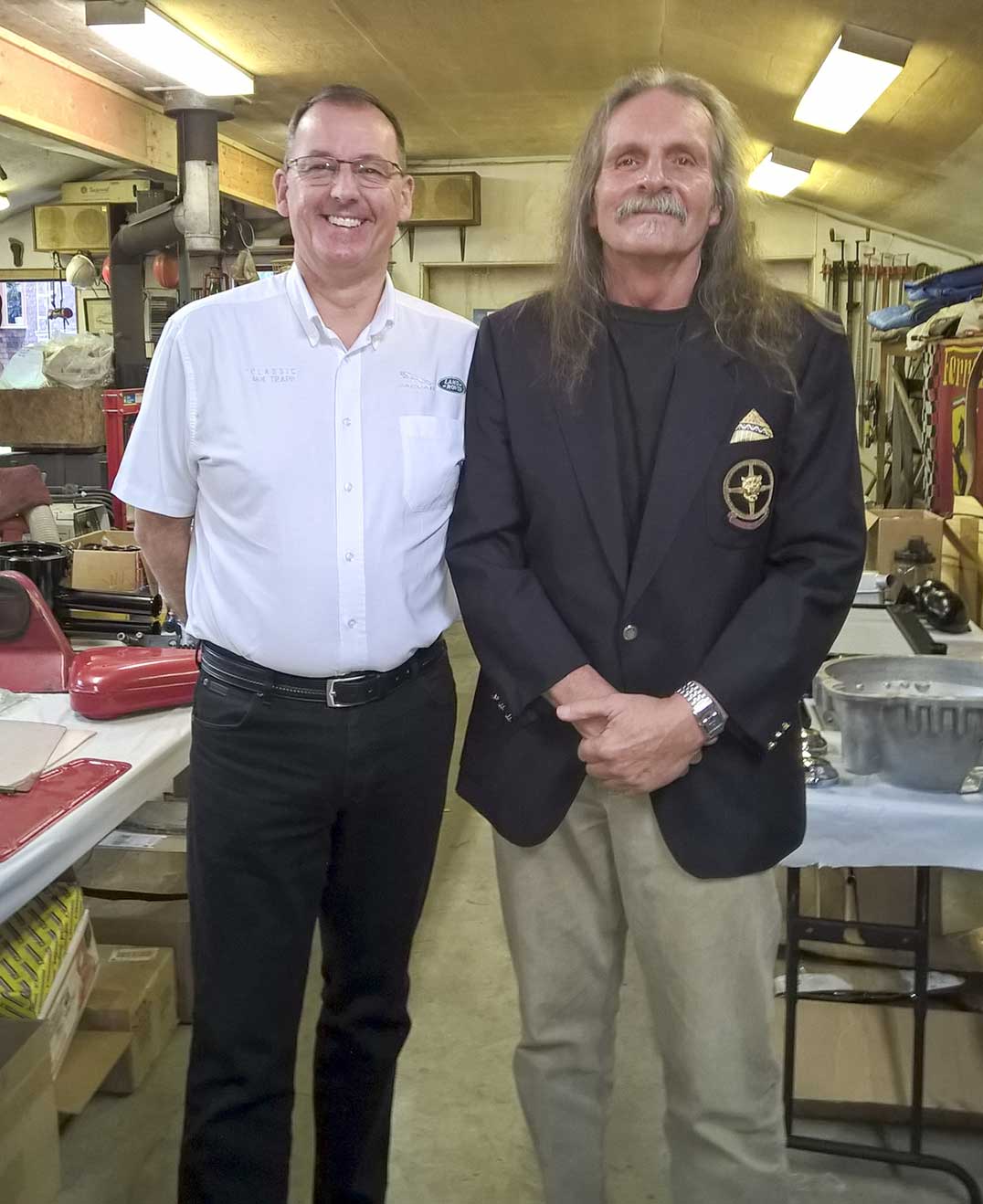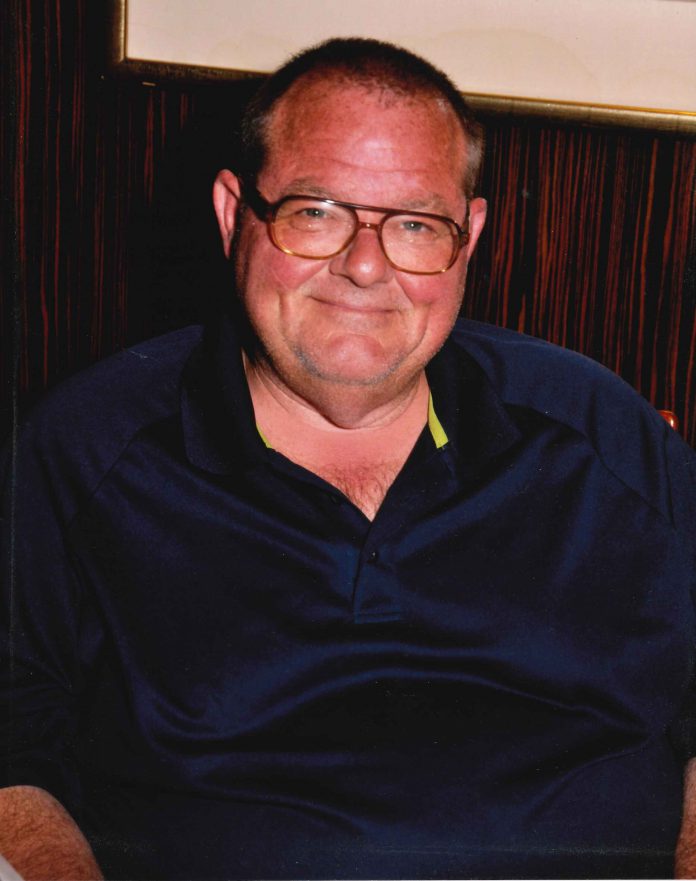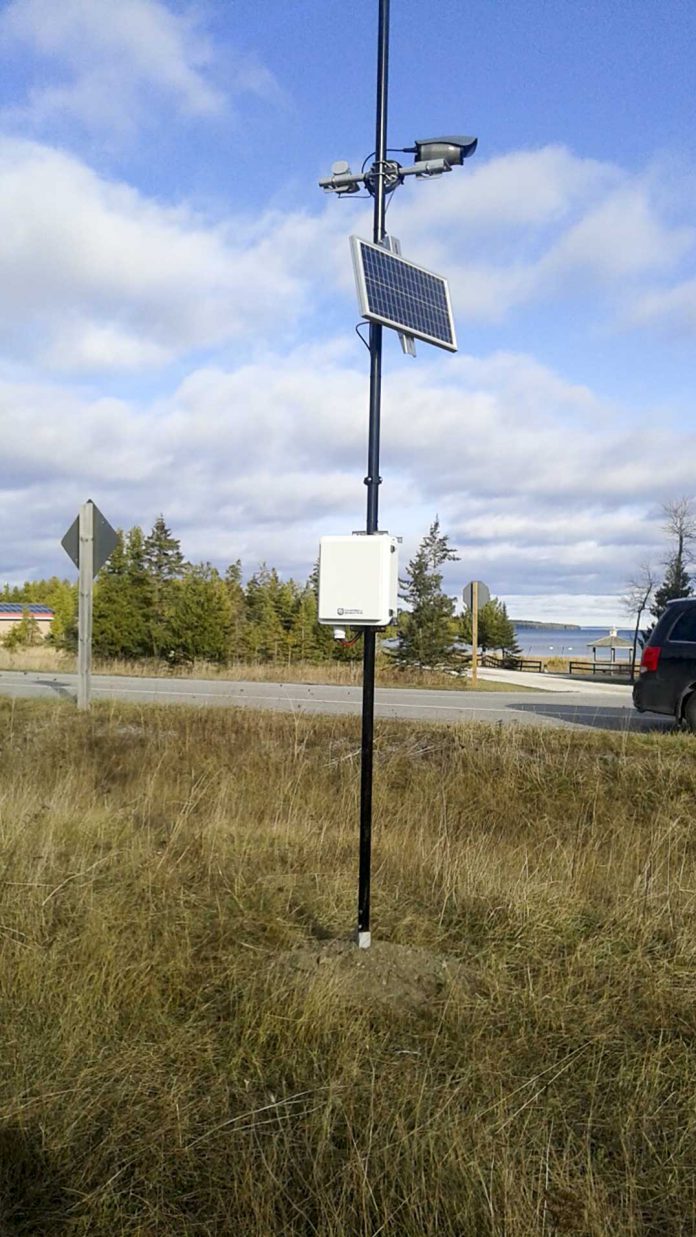Headed back to its British homeland
MINDEMOYA—It’s a bittersweet moment when your baby leaves home—even when that “baby” is a rare vintage 1961 Jaguar E-type (often referred to as a model XKE—X for experimental) that has been in nestled in your family for more than half a century, after all, there are very personal memories linked to such a car.
“I have to admit there was a trace of a tear in my eye when it was loaded up and headed down the driveway,” said David Schinbeckler, of Mindemoya, until recently the doting owner of the iconic vehicle. Mr. Schinbeckler recently sold the vehicle back to Jaguar Land Rover, the United Kingdom’s largest car manufacturer, the original manufacturer of the high performance sports car as part of that company’s Jaguar E-Type Reborn program. That Jaguar program will see the company hand restore E-Type Jags in its original Coventry manufacturing plant for resale to the public, complete with a full company warranty.
Like most autophiles, Mr. Schinbeckler is a walking encyclopedia about the Jaguar company and is more than willing to share the information he has garnered in his travels with an interested listener.

“The company founded by Sir William Lyons in the 1930s was originally called the Swallow Sidecar Company,” he revealed. “It built fairly stylish sidecars for motorcycles.” As a natural extension of that business, the company expanded into building car bodies and then full automobiles—one of those models was the Jaguar. With the advent of the Second World War, Sir William’s company geared up for full-on war production, throwing itself into the war effort with enthusiastic abandon and changing stripes to manufacture military engines.
“When the war finally ended, Britain was in awful shape, deeply in debt and their economy in shambles, everything was being rationed,” said Mr. Schinbeckler. “The government focussed heavily on exports as they were desperate for foreign currency with which to pay back the US for the Lend-Lease program and other war debts.” (Under the Lend-Lease program, the still neutral US supplied the Allies with the military wherewithal needed to fend off the Nazis.)
“If you wanted a supply of steel or rubber, it was export or perish,” noted Mr. Schinbeckler.
“Sir William had noticed that there was a huge appetite for sports cars following the war, particularly in the US.”

At the close of the war, the automobile company was still called S. S. Cars Limited, but the “SS” moniker held negative connotations due to the dreaded Nazi paramilitary organizations that sported the same prefix. The name was switched to Jaguar, which melded well with the sporty little cars the company planned to sell into a war-weary global market.
British sports cars proved to be a big hit, especially with US servicemen introduced to the zippy little vehicles while serving as part of the occupation forces. “They were buying them up by the bail-load,” said Mr. Schinbeckler. “There was nothing like them back home.”
A Studebaker Lark was lucky to be able to muster 60 miles per hour “downhill with a tailwind,” explained Mr. Schinbeckler. “The British sports cars were already topping 100-120 miles per hour. The British sports car companies could literally not build them fast enough for the market demand.”
Enter the senior Mr. Schinbeckler.
“My dad was too young to serve in the US Army during the war, but he joined up and served as part of the occupation following the war. He was absolutely smitten with them,” noted Mr. Schinbeckler, whose family originally hails from the States. “The first Jag in my family was a 1948 Jaguar XK-120—a red one.”
Sir William was a canny businessman and he was among the first to recognize the power of celebrity in the US market. This was not as self-evident as might be expected by a 21st century North American, since the cult of celebrity is actually a bit of an anathema to the English—particularly in the mid-20th century before the advent of mass media.
“Clark Gable (a famous movie star of the mid-20th century) was driving his XK up and down Hollywood Boulevard,” said Mr. Schinbeckler. “Soon, every A-lister in movieland simply had to have one.” Sir William cultivated the movie star, taking him on tours of the production facility, and soon he and Mr. Gable became fast friends. It was a major marketing coup. “Everything in Hollywood is all about appearances and keeping up with the Joneses,” laughed Mr. Schinbeckler.
The British automotive industry hauled that country out of the economic doldrums almost single-handedly as the post-war demand for fast little sports cars manufactured by the likes of MG, Aston Martin (of James Bond fame) and Triumph saw as much as 75 percent of those company’s production shipped to North America and around the world.
But back to our story.
“In 1964, we had the XK-120, but dad found out about an E-type that had been in a low-speed head-on collision (under 20 mph),” recalled Mr. Schinbeckler. “The front three-feet of the front end was crumpled, but there isn’t really anything in that part of the front end.”
The original owner of the car, one Thomas Riddick Sr., was a piano store and Indianapolis radio station owner whose work-a-day ride was a Lincoln. Mr. Riddick Sr. and his wife went to work in the Lincoln one day, while 18-year-old Junior drove the Jaguar to school. “The subdivisions in those days were laid out in these crazy spaghetti patterns and there was no such thing as snow tires,” explained Mr. Schinbeckler. A low-speed collision ensued.
The insurance company wrote off the vehicle, even though it cost $3,000 brand new. “That was a lot of money in the 1960s,” said Mr. Schinbeckler. His father wound up purchasing the vehicle for a comparative song.
Following six months of determined research, Mr. Schinbeckler managed to track down the younger Mr. Riddick in La Mesa, California and they struck up a conversation. “I will be meeting him down there in a couple of weeks,” he said.
So why was the Jaguar company eager to purchase his particular vehicle?
There are four things that come into play when setting a value on a vintage automobile, noted Mr. Schinbeckler. “The first is the serial number, the earlier the number the more valuable it is. My car rolled off the assembly line on November 3, 1961,” he said, very early in the production run. “The second is whether it is a roadster (a ragtop convertible) or a coupé (solid top), with the former being the more desirable. Being a roadster adds 25 percent to the value.”
The third important item is “matching numbers.” Mr. Schinbeckler explained that just about every key part on a Jaguar had a serial number stamped on it, including body, engine, cylinder head. His numbers match.
Finally, and often most important as any fan of the popular show ‘Antiques Roadshow’ can tell you, is provenance, the history of the automobile. “Mine is a two-owner car, if you exclude the insurance company,” said Mr. Schinbeckler. “It has been in my family for 50 years and, thanks to Thomas Riddick, I have been able to secure a photograph of the original owner in the car.”
Mr. Schinbeckler’s Jaguar has it all.
The car was originally painted black, Mr. Schinbeckler’s father had the restored Jaguar painted red. When fully restored at Jaguar’s original Coventry manufacturing plant, the Schinbeckler/Riddick car will once again sport its ebony chic.
So coming to the Gordon Sinclair question (a reference older viewers of CBC’s Front Page Challenge will be familiar with): how much did Jaguar pay?
Enough that Jaguar has a full-time scout by the name of Ian Trapp scouring the planet for the best Type-E Jaguars to restore. Mr. Trapp came to visit Mr. Schinbeckler in Mindemoya to look at his vehicle and documentation. Enough that the transfer is now safely ensconced in Mr. Schinbeckler’s account despite his deep attachment to the vehicle and the storied part it has played in his family’s history and his childhood memories…so how much, queries the ghost of Gord?
“Sorry, that’s something that has to remain between me and Jaguar,” laughs Mr. Schinbeckler, but he does admit that he has already sunk $50,000 into the restoration and estimates that it would take at least another $50,000 to compete the job.
So, aside from the money, why did he agree to part with the vehicle that means so much?
“Well, I am now a pensioner,” he supplied, “and to be realistic, I am not getting any younger. I know that I would have to eventually sell the car and this really seems like the best possible outcome for everyone.”
So popular is the E-Type Reborn program with autophiles around the worlds that the German buyer for the vehicle has already been found—Mr. Schinbeckler hopes to meet up with him at the factory when he takes delivery.
“Part of the deal with Jaguar is that I get to take it out for a spin on their test track before it is handed over,” he said. “I am hoping to convince Thomas and the new owner to come to the Coventry factory to meet up when it is complete.”
That will be a while, Mr. Trapp estimated that the hand-restoration will take between 12 and 18 months to complete.
Following this interview, Mr. Schinbeckler bid The Expositor adieu as he clambered into his current vehicle—as you probably might have guessed, it’s a later model Jaguar. The Ferrari was sold last month.





